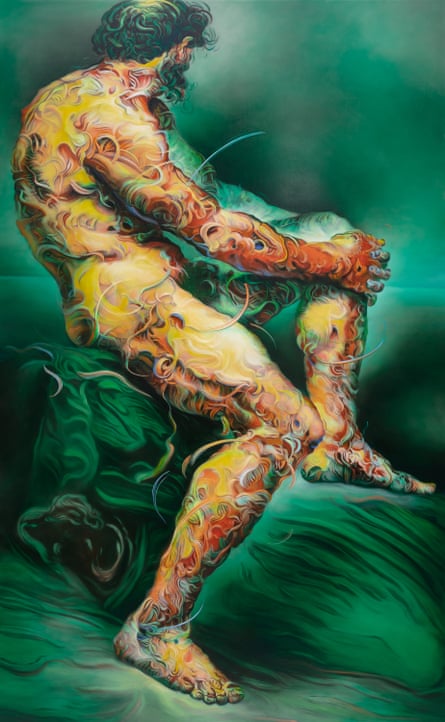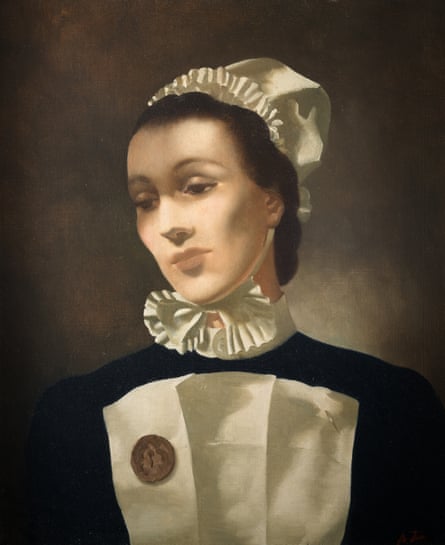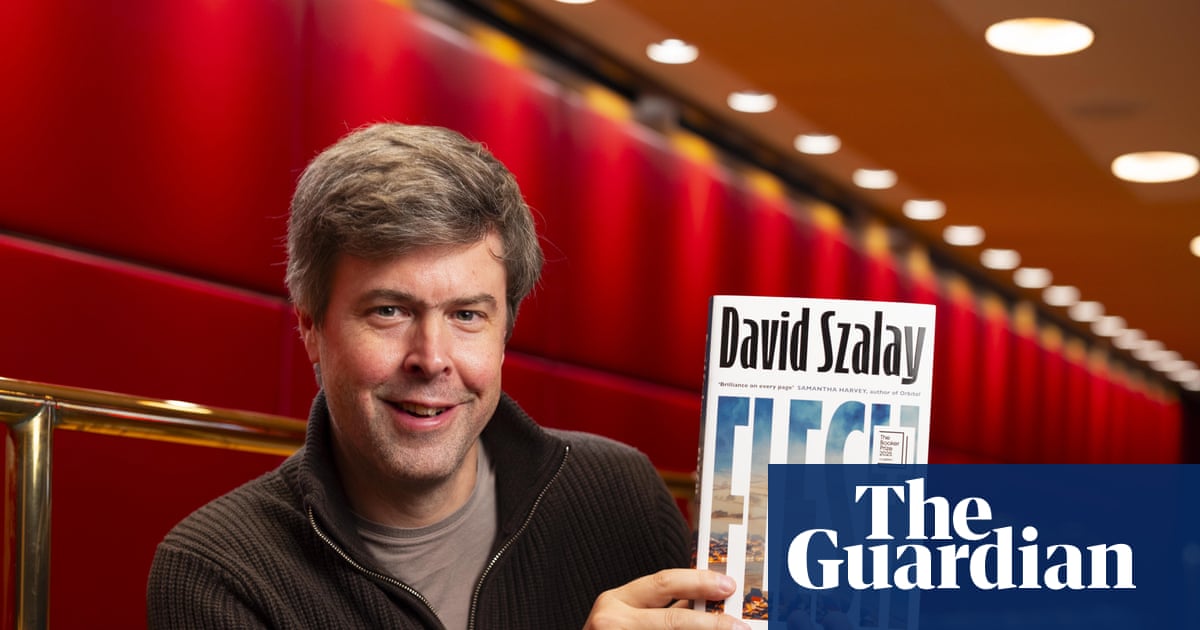You will find The Brown Collection in a Marylebone mews not far from the Wallace Collection. With its name and location, painter Glenn Brown cheekily suggests that this personal museum of the art he collects, plus his own creations, is on a par with London’s famous gallery of rococo paintings and ancien regime clocks. The joke works best on your phone map where you can see how close they are.
The current exhibition Hoi Polloi is curated by Brown and supposedly looks at representations of “the ordinary man” in art. It’s a satirical nudge at claims to social worthiness by public galleries for there is zero purpose or theme here, just a mixing and merging of the curious and eclectic in fascinating juxtapositions over four floors of a luxuriously restored building that even has a gothic cellar reminiscent of the one in the Sir John Soane’s Museum. Here you can be spooked by one of Gillian Wearing’s lifelike masks.

Since this is Brown’s self-funded enterprise and entry is free, he has only himself to please. Part of the cheek of The Brown Collection is its implication that he is a national treasure who needs no introduction. That is, of course, untrue. Brown, who is from Northumberland, made his name selling paintings – ones that openly recreated and remade other artists’ works – to Charles Saatchi in the 1990s. He was nominated for the Turner prize and there was chatter about plagiarism, but his style has long since evolved into a subtle, technically brilliant obsession with the nature of brushstrokes themselves: what he is or isn’t imitating no longer seems relevant. He makes putting oil on canvas look like an exquisitely refined, utterly perverse pursuit.
Brown’s own paintings are the biggest, brightest things here and their weirdness will have you gawping. His new painting The Hoi Polloi is a baroque portrait of someone of indeterminate gender with a blue face, huge ruby lips, and a fantastically creamy, riverine flow of orange curly locks. His point appears to be that no one is ordinary. But ascribing meaning to his imaginatively deranged art is a mug’s game.
What fuels this art is art itself and in this erudite, ecstatic private museum art speaks to art across time. Brown has a penchant for the mannered, the odd, the lovely-ugly. This includes an engraving from 1586 by Hendrick Goltzius of a huge near-naked man on a small fat horse, the Roman hero Titus Manlius Torquatus. It is a florid, late Renaissance exercise in subjective excess. Nearby is Brown’s own 2024 painting When the Satellite Sings, where a lifesize nude male sits in a rustic setting, his skin a mass of decorative red and gold flourishes like festering wallpaper. This nude room also includes a row of insidious erotic phantasms by the German surrealist Hans Bellmer – four drawings and a painting, each an intense shot of psychic mayhem with tangled limbs and bulbous buttocks a go-go.
Other artists are resurrected from the byways of art history. Austin Osman Spare, born in 1886, was a belated art nouveau symbolist who was rediscovered by the surrealists and is rediscovered again by Brown. Spare looks back at you piercingly from an occult void in his 1911 Self-Portrait. In a later work Man from the Meat Market with Bow-Tie and Top Hat, he relentlessly reveals each threatening fleshy nuance. There are also four portraits by the Scottish painter Anna Zinkeisen, including a nurse with a peculiar shadow across her face.

Brown proves that artists can make the best curators and the most uninhibited collectors. His collection is packed with energy, surprise and fun, but there’s a fragility to it – some of the art would not be worth a second look if it wasn’t so playfully mixed. Only one painting is truly timeless: the Infant Christ, gazing at you out of the dark, by the 18th-century Venetian genius of the rococo, Giovanni Battista Tiepolo. You can just make out the face of Joseph staring weirdly at heaven as Jesus perches on his shoulder.
Brown himself is the show’s star and its problem. Is he actually a good artist? I’m still not sure. His paintings are, literally, all surface, all bizarre skin and hair, not inner selves. It’s a conscious provocation. Hoi Polloi includes his 2000 work The Real Thing, a pastiche of the late Frank Auerbach in which Auerbach’s massively thick paint is turned into a flat, glassy imitation of his brushy passion. Auerbach was trying to get at real pain and real life. Brown, as his title implies, thinks art can only be about art.
By insisting on the emptiness and ultimate sterility of his own work, Brown may be condemning it to impermanence. But it does dazzle and his museum is gloriously eccentric, like something a fin de siècle visionary might have concocted to Illustrate the theory of art for art’s sake. Add a cafe, and this could become a beloved London institution – even when its creator is half forgotten.

 1 month ago
48
1 month ago
48

















































